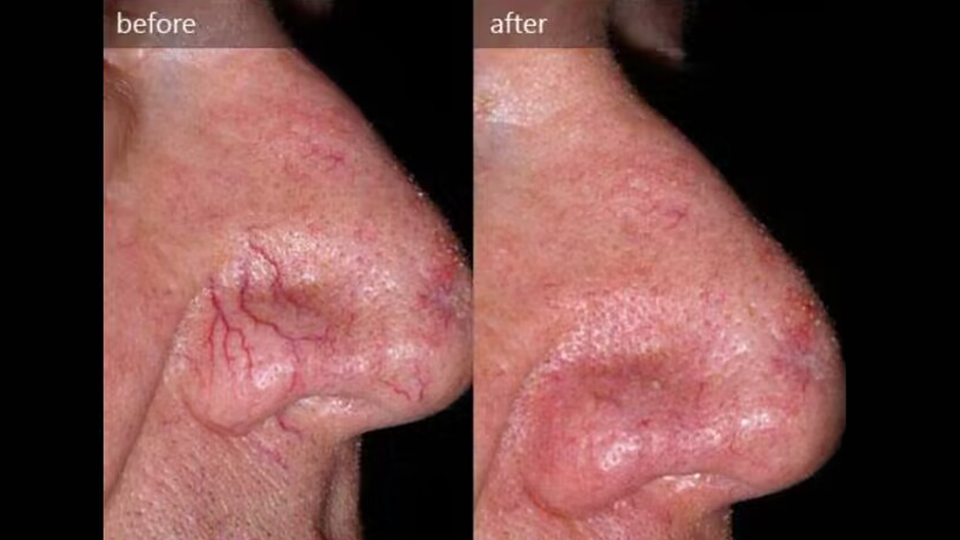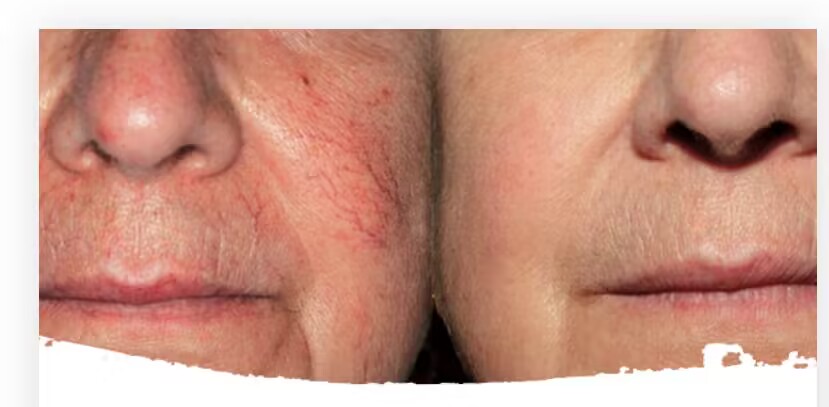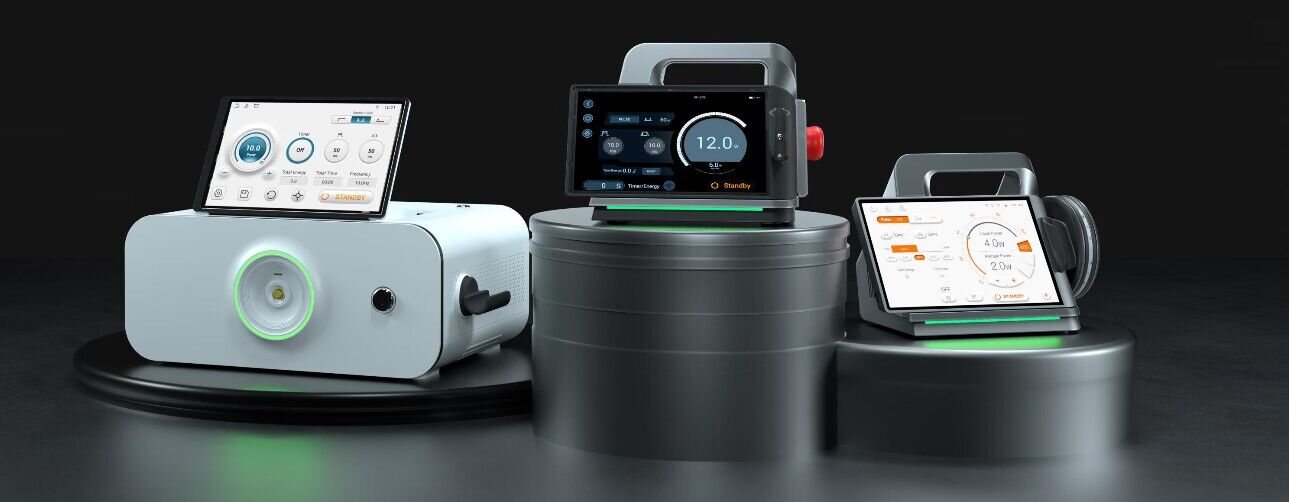
Millions of people worldwide develop telangiectasia, with the nasal wings and inner cheeks being the most common symptomatic areas.
Telangiectasia, often referred to as "telangiectasia rosacea," is the visible, permanent dilation of skin blood vessels, with a diameter not exceeding 1 mm, commonly manifested as redness.
From a visual standpoint, telangiectasia can appear as simple (linear), branching, spider-like, star-shaped, or punctate (papular). Spider telangiectasia radiates from a central arteriole. Blue, tortuous vessels originate from venules or the venous side of capillary loops. Red telangiectasia extends from capillary loops and may evolve into a bluish color over time as venous pressure and venous reflux increase.

Telangiectasia occurs in 48% of healthy children and 15% of normal adults. Lower limb telangiectasia occurs in 29–41% of women and 6–15% of men. Telangiectasia has various underlying factors. Some intrinsic factors include congenital causes, primary skin conditions (such as rosacea), systemic diseases (such as connective tissue disorders), Cushing's disease, metastatic cancer, pregnancy, venous insufficiency, and hereditary hemorrhagic telangiectasia. Certain external factors may be drug-induced, caused by estrogen or chronic steroid use.
To address this clinical condition, scientists have explored various approaches. Our new surgical cosmetic products, including the S1-K12, S1-Pro, and M2 diode laser series, are now capable of achieving comprehensive coverage for the 532nm wavelength. According to professional literature, these products are expected to provide effective solutions.

The advantages of the 532nm wavelength include:
1.Absorption by Melanin: The green light wavelength at 532nm is absorbed by melanin. This is advantageous for treating pigmentary lesions. However, it is crucial to exercise caution when treating darker skin tones to avoid epidermal damage.
2.Strong Absorption by Oxygenated Hemoglobin: The 532nm wavelength produced by the laser is strongly absorbed by oxygenated hemoglobin.
3.Moderate Pulse Duration: Lasers emitting at 532nm typically operate with pulse durations between 10 and 25 milliseconds. This moderate pulse duration is well-suited for targeting abnormal vascular structures without causing harm to normal capillaries, thereby avoiding the development of purpura. The longer pulse duration of 532nm lasers is advantageous compared to pulsed flash lamps at 585nm.
4.Immediate Disappearance of Abnormal Vessels: Following laser irradiation, ectatic vessels disappear immediately. The use of longer 532nm laser pulses allows for gentler heating of the blood, causing minimal damage to endothelial cells without vessel rupture.
The 532-nm diode lasers are small and easy-to-carry devices that work well for treating facial telangiectasia and pigmented skin issues. Compared to other methods and laser types, these diode lasers are good at treating these conditions without causing much harm to surrounding tissues, reducing the risk of complications.

